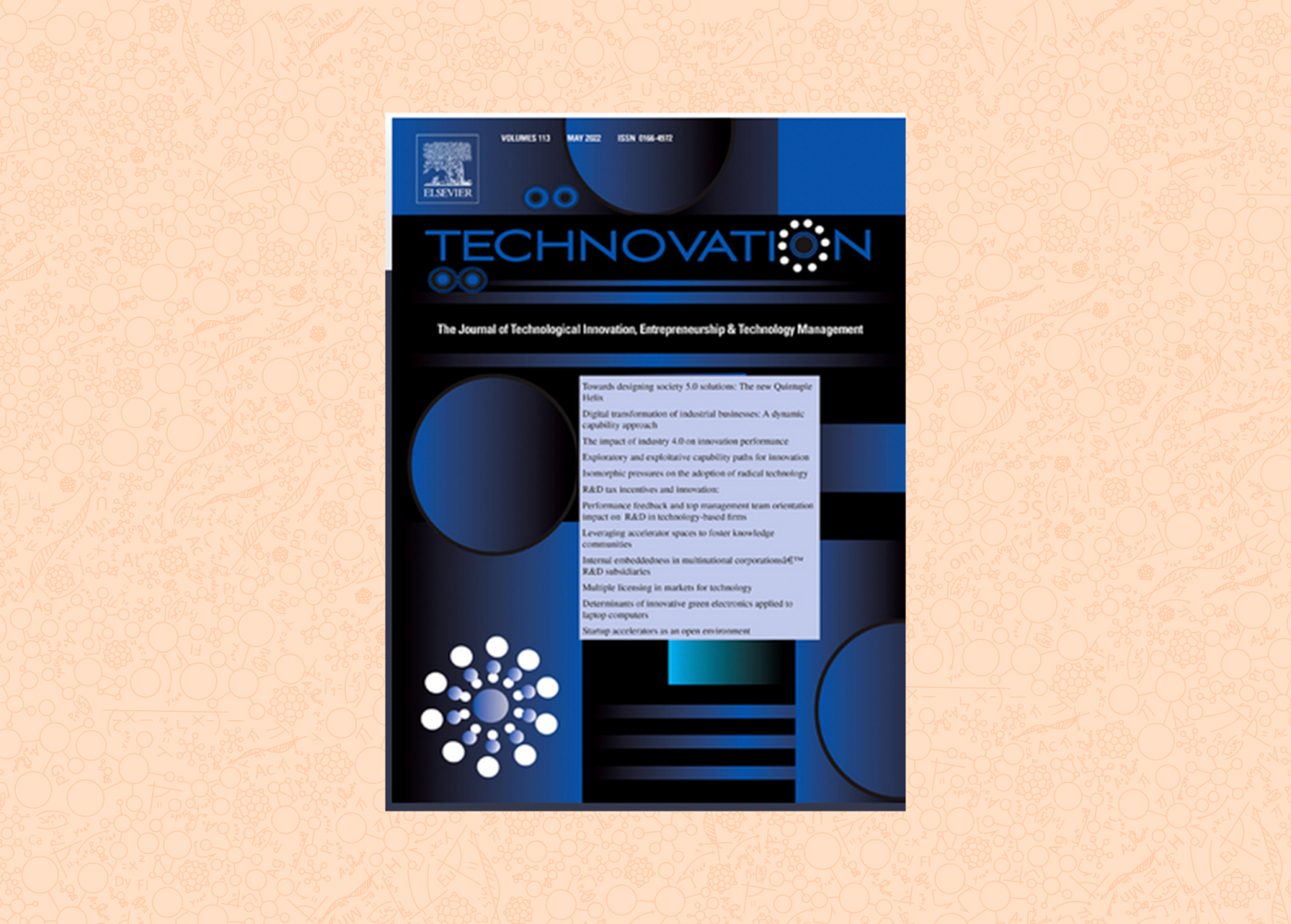Based on a thorough investigation of all academic patents (that have at least one university scientist involved) from one of the largest Dutch research universities during the period 2000–2009, and further building on first-hand qualitative and quantitative data, the authors show that Technology Transfer Offices (TTOs) are instrumental in generating more academic patents.
Abstract
A central theme of university entrepreneurship—including the generation and commercialization of university-invented research—is academic patenting (referring to patenting by university scientists). This study explores organizational-, individual- and patent-level factors and their respective relationship with academic patenting. Based on a thorough investigation of all academic patents (that have at least one university scientist involved) from one of the largest Dutch research universities during the period 2000–2009, and further building on first-hand qualitative and quantitative data, the results show that Technology Transfer Offices (TTOs) are instrumental in generating more academic patents. However, this effect is predominantly manifested by the increase in the number of patents patented under the name (solely or jointly) of the university (university-owned patents), far more than the increase in the absolute volume of patents invented by the university (university-invented patents). Further, regarding individual academic inventors, our study shows that, in general, male researchers and lead-inventors with higher academic rankings are less likely to abide by the TTOs, resulting in more patents being filed outside the university. Regarding the academic invention, the value of the patent itself does not seem to be related to the choice of the ownership (e.g., university-owned or not) of the patent.
Technovation, Volume 107, September 2021, 102287
Elco van Burg, Jingshu Du, Jannigje Gerdien Kers
Download the article When do academics patent outside their university? An in-depth case study
